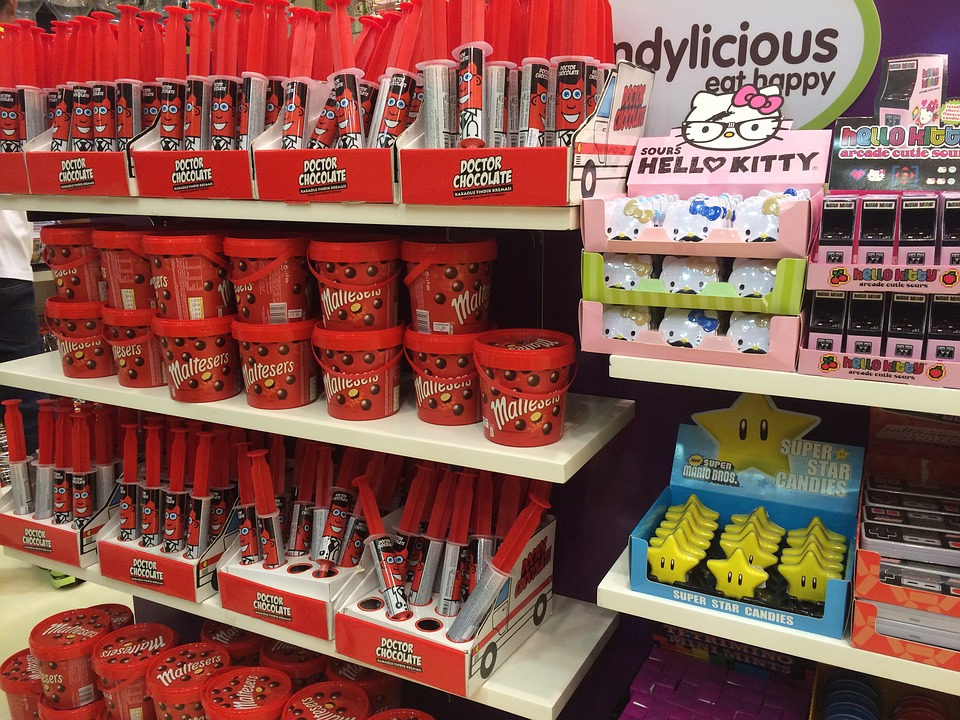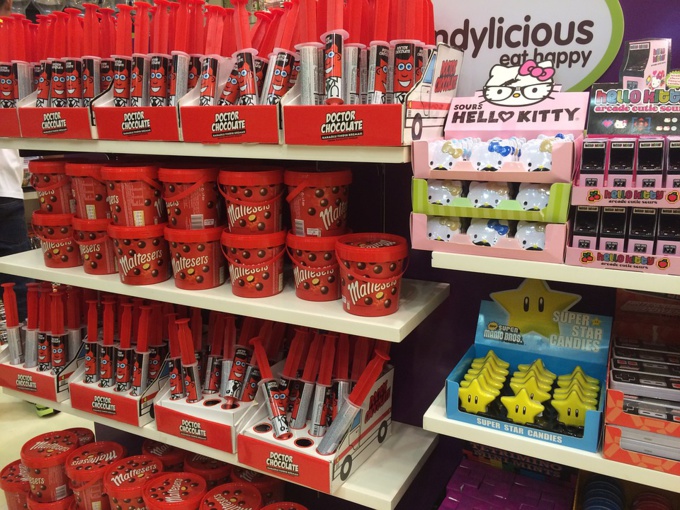Domination of well-known American brands, such as Apple, Starbucks and Pampers from Procter & Gamble, is being challenged. This could jeopardize hundreds of billions of dollars that US firms earn in China.
According to a joint report by Bain and Kantar last year, local brands captured nearly three quarters of the Chinese fast moving consumer goods market (FMCG) by 639 billion yuan ($ 97 billion). In 2013, they controlled two-thirds of the market.
The market share of American goods, such as Pampers, Colgate toothpaste and Mead Johnson baby food, has fallen by about 10 percentage points over the past five years. The data reflect results of a survey of 40,000 urban households.
At the same time, Chinese brands, such as SeeYoung, offering silicone-free shampoo, and Pechoin, the manufacturer of skin care products, grew rapidly.
Last fiscal year, Apple earned $ 44.8 billion in China, P&G - about $ 5.2 billion, sportswear maker Nike - $ 4.2 billion.
The share of the iPhone in the Chinese smartphone market remains at about 10% from 2012, the data of the analytical company Canalys show. The size of the market share of American Apple is greaterthan that of Chinese mobile phone manufacturers, such as Oppo, Vivo and Huawei.
Starbucks, which flourished in China amid the nascent coffee culture, said that comparable sales growth in the country slowed to zero in the second quarter of 2018. The company cited the delivery problems, but it also faced a growing wave of small, fast-growing local competitors in major cities China.
Not only American, but also European brands are experiencing pressure due to tightening competition.
In general, Chinese brands have seized a larger share of the market than foreign competitors, in 21 categories of consumer products, such as skin care products, shampoos and baby food, Bain data showed.
Sales of local brands jumped 7.7% in 2017 compared to a growth of 0.4% from their foreign competitors.
source: reuters.com
According to a joint report by Bain and Kantar last year, local brands captured nearly three quarters of the Chinese fast moving consumer goods market (FMCG) by 639 billion yuan ($ 97 billion). In 2013, they controlled two-thirds of the market.
The market share of American goods, such as Pampers, Colgate toothpaste and Mead Johnson baby food, has fallen by about 10 percentage points over the past five years. The data reflect results of a survey of 40,000 urban households.
At the same time, Chinese brands, such as SeeYoung, offering silicone-free shampoo, and Pechoin, the manufacturer of skin care products, grew rapidly.
Last fiscal year, Apple earned $ 44.8 billion in China, P&G - about $ 5.2 billion, sportswear maker Nike - $ 4.2 billion.
The share of the iPhone in the Chinese smartphone market remains at about 10% from 2012, the data of the analytical company Canalys show. The size of the market share of American Apple is greaterthan that of Chinese mobile phone manufacturers, such as Oppo, Vivo and Huawei.
Starbucks, which flourished in China amid the nascent coffee culture, said that comparable sales growth in the country slowed to zero in the second quarter of 2018. The company cited the delivery problems, but it also faced a growing wave of small, fast-growing local competitors in major cities China.
Not only American, but also European brands are experiencing pressure due to tightening competition.
In general, Chinese brands have seized a larger share of the market than foreign competitors, in 21 categories of consumer products, such as skin care products, shampoos and baby food, Bain data showed.
Sales of local brands jumped 7.7% in 2017 compared to a growth of 0.4% from their foreign competitors.
source: reuters.com



















